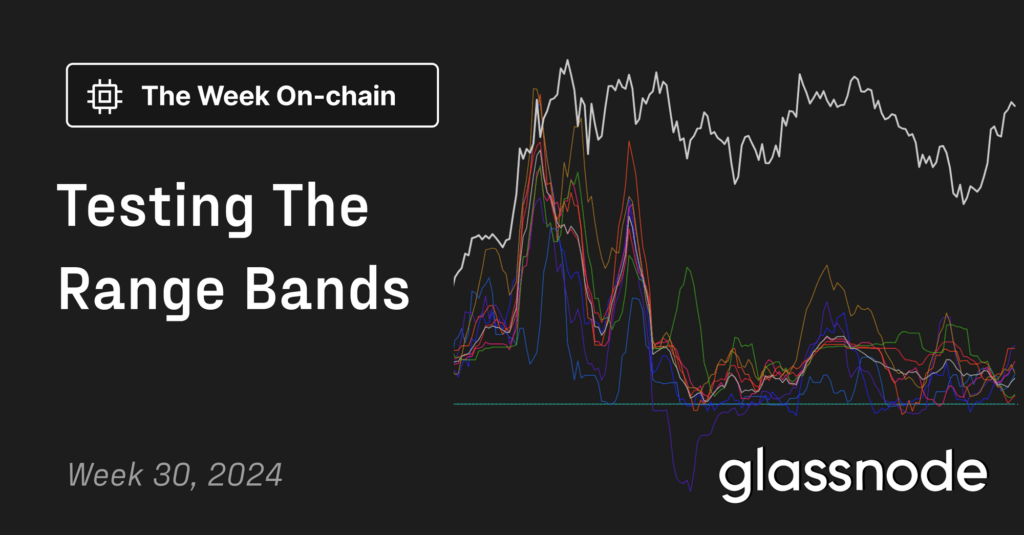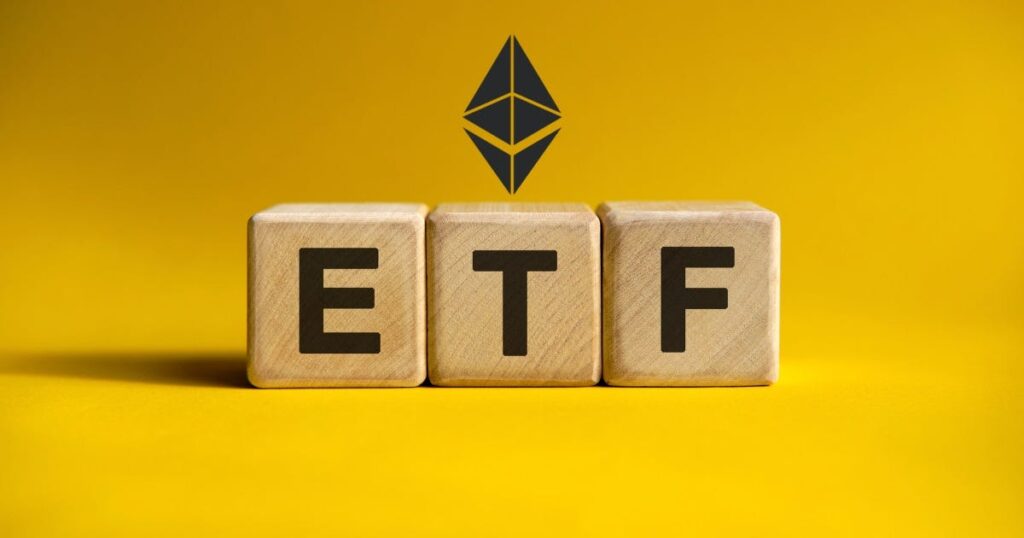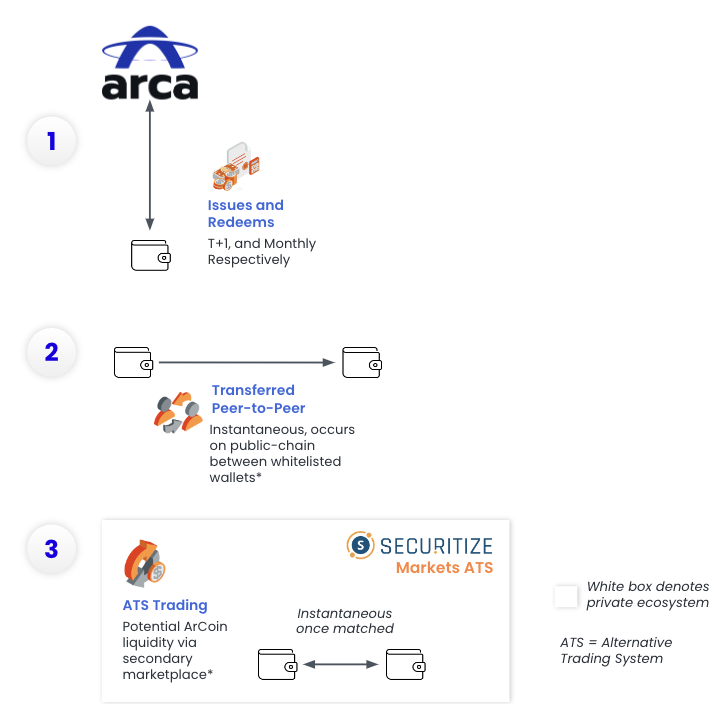Research Summary
The report provides an in-depth analysis of the supply schedules of Bitcoin and Ethereum, the two largest digital assets by market cap. It emphasizes the importance of understanding different supply metrics for investors and discusses the nuances of Bitcoin’s capped supply and Ethereum’s theoretically infinite supply. The report also explores the impact of Bitcoin’s halving events and Ethereum’s recent upgrades on their respective supply dynamics.
Key Takeaways
Understanding Bitcoin and Ethereum’s Supply Schedules
- Bitcoin’s Asymptotic Supply: Bitcoin’s maximum supply is capped at 21 million tokens, but due to the halving process, it will approach but never reach exactly 21 million. The circulating supply is nearly 19.5 million, which is about 93% of its maximum supply.
- Ethereum’s Theoretically Infinite Supply: Unlike Bitcoin, Ethereum’s total supply is theoretically infinite. However, the report suggests there are nuances that affect its practical supply limit. Ethereum’s circulating supply is around 120 million ether.
- Bitcoin’s Halving Events: Bitcoin’s issuance rate has decreased due to multiple halving events, with the current rate being half of its previous rate. This will continue until the last 7% of its total supply is minted by the year 2140.
- Ethereum’s London Upgrade and The Merge: Ethereum underwent the London Upgrade in August 2021, introducing a burn mechanism that removes transaction gas fees from circulation, reducing the circulating supply of ether. The Merge, completed in September 2022, transitioned Ethereum from proof-of-work to proof-of-stake, reducing energy consumption, standardizing block times to 12 seconds, and lowering the rate of new ether creation.
Deflationary and Disinflationary Supply Dynamics
- Ethereum’s Deflationary Supply: Ethereum’s combination of the burn mechanism and reduced issuance rate has led to deflationary supply dynamics, with the current negative net issuance rate being dependent on network usage and subject to change.
- Bitcoin’s Disinflationary Supply: Bitcoin’s supply is capped at 21 million, with its value being the only adjustable metric for economic expansion or contraction, fitting a “disinflationary” monetary policy without a deflationary mechanism.
- Bitcoin’s Inelastic Supply: Bitcoin has an “inelastic supply,” meaning it cannot adjust its issuance in response to demand fluctuations, leading to price adjustments when demand increases and supply remains fixed.
- Ethereum’s Semi-Elastic Supply: A “semi-elastic” supply, like Ethereum’s after The Merge, can expand and contract within set parameters or at a predictable rate, unlike Bitcoin’s inelastic supply.
Bitcoin’s Fixed Supply and Economic Growth
- Bitcoin’s Fixed Supply: The concept of Bitcoin’s fixed supply is compared to the fixed length of a ruler, illustrating that economic wealth can grow without the need to increase the unit of measurement.
- Historical Context: During the U.S. gold standard era (1880-1914), the money supply was limited by gold availability, yet the country saw low inflation and significant economic and wage growth, suggesting that Bitcoin could similarly support growth without an elastic supply.
- Bitcoin’s Market Cap Growth: Bitcoin’s market cap grew to nearly $1.3 trillion at its peak in 2021, demonstrating its ability to accommodate market demand while maintaining a fixed supply schedule.
Ethereum’s Semi-Elastic Supply and Validator Incentives
- Ethereum’s Proof-of-Stake Consensus Mechanism: Ethereum’s proof-of-stake consensus mechanism relies on validator nodes, with ether issuance dependent on the number of validators in the network.
- Ether Issuance and Validator Incentives: Ether issuance is semi-elastic: higher staking demand increases ether production, while lower demand decreases it, and fewer validators lead to higher individual staking yields, incentivizing increased staking participation.
- Ethereum’s Churn-Limit Mechanism: The churn-limit acts as a queue for new validators in high-demand scenarios, allowing for a controlled increase in issuance rate and maintaining network security against malicious actors.
Investor Considerations for Bitcoin and Ethereum
- Understanding Supply Mechanics: Investors should understand the differences in supply mechanics between networks like Ethereum and Bitcoin to grasp the fundamentals driving digital assets and identify investment opportunities.
- Bitcoin’s Ossified Code: Bitcoin’s code is becoming more ossified, making changes to its maximum supply and monetary policy unlikely, while Ethereum’s dynamic community and the Ethereum Foundation have already implemented hard forks affecting monetary policy.
Actionable Insights
- Grasp the Fundamentals: Investors should familiarize themselves with the supply schedules and dynamics of Bitcoin and Ethereum to make informed decisions.
- Monitor Network Upgrades: Keep an eye on network upgrades and changes in consensus mechanisms, as they can significantly impact the supply dynamics of digital assets.
- Consider the Impact of Supply Dynamics: Understand how supply dynamics, such as deflationary and disinflationary supply, can affect the value of digital assets.
- Assess the Role of Validators: In Ethereum’s proof-of-stake consensus mechanism, the role of validators is crucial. Their number and behavior can influence the issuance and supply of ether.
- Stay Updated: Stay updated with the latest developments in the digital asset space, as changes can occur rapidly and have significant impacts on the market.













